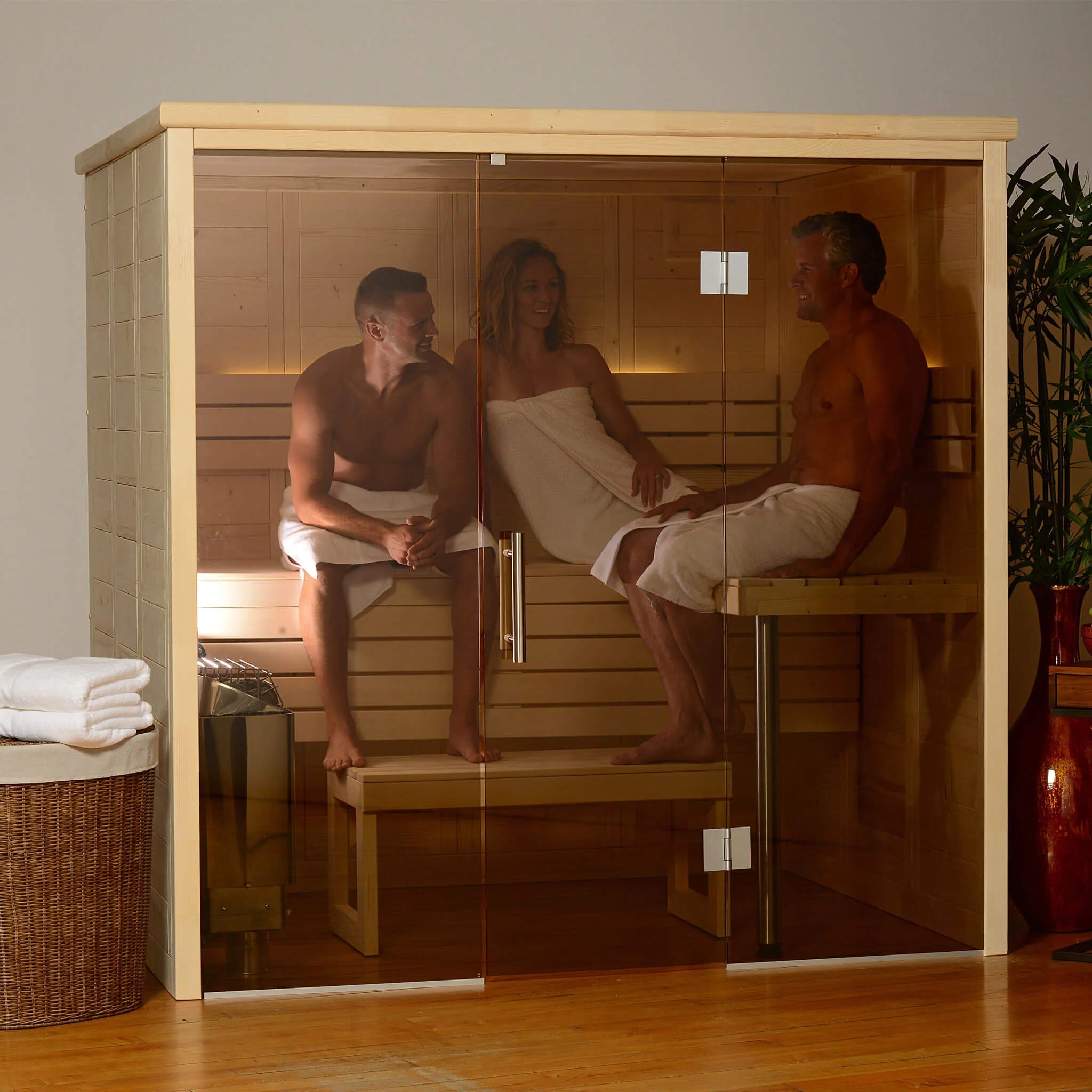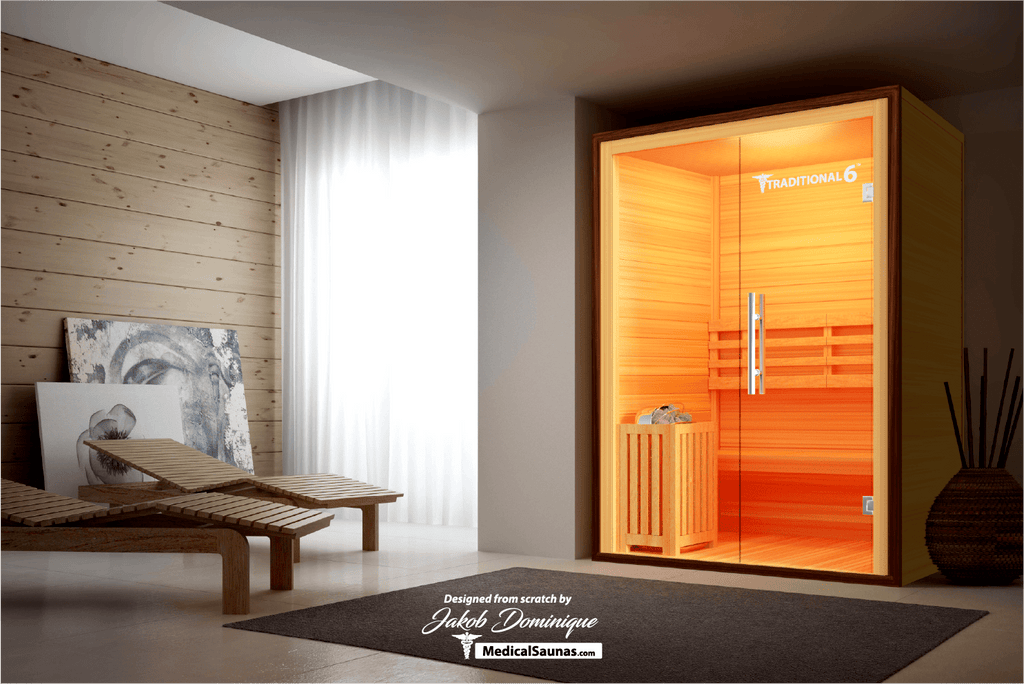10 Easy Facts About Traditional Sauna Explained
Wiki Article
The Best Strategy To Use For Traditional Sauna
Table of ContentsSome Known Facts About Traditional Sauna.7 Easy Facts About Traditional Sauna DescribedAll about Traditional SaunaThings about Traditional SaunaTraditional Sauna for Beginners
Most of the weight lost in a sauna is water loss and is re-gained upon rehydrating. Nevertheless, without an uncertainty sauna can be an important part of a healthy and balanced weight reduction program. To take a look at the differences in between traditional and IR saunas, I will certainly separate these into verifiable, theoretical, and made differences.Therefore, the most popular point in the saunawhich is at the ceiling directly above the sauna heateris typically between 185 and 190 F. Claims that a traditional sauna surpasses 200 F is just not true and not relevant for electric saunas sold in the United States. The temperature level for a far-infrared sauna is usually established in between 120 and 140 F; however, unlike the traditional sauna, the goal in and IR room is not to attain a heat.
Because of this, the temperature distinction is nearly unimportant, since profuse sweating causes both sauna types, but the method of heating up the body is various. In an IR sauna the bather will certainly really feel warm and will sweat a lot, yet at a lot reduced temperatures (Traditional Sauna). Hence, if the objective is to invest longer amount of times in the sauna, the IR sauna is a great selection
When a standard sauna has actually been properly heated, the sauna walls are cozy, the air temperature level has accomplished established temperature level and the rocks are extremely heated. As an intriguing side note, the warmed wall surfaces and the rocks are giving off far-infrared heat, combined with the heated air, to create an "covering heat".
Get This Report on Traditional Sauna

When the high temperature level is accomplished, the components cycle on and off to keep the heat. A lot of traditional sauna individuals delight in putting water over the rocks to develop steam to increase sauna humidity levels. The benefits of putting water over the rocks consist of: making the area extra comfy, dampening the nasal passages, and allowing the use of aromatherapy by blending vital oils with the water.

When the energy enters the body, it triggers the body temperature level to boost and ultimately leads to sweat. In an infrared sauna it is very important for the emitters/heaters to continue to be on nearly continuously. Considering that useful source there is no mass of rocks to maintain warm, the sauna will certainly cool if the emitters closed off.
As stated over, the sauna bather in an infrared space wishes to position himself in front of running emitters to obtain maximum take advantage of the warm. The heating time for the 2 spaces can be extremely different, depending upon how the areas are used. For a traditional sauna, a bather needs to enable 30-40 minutes for the space to attain a preferred temperature and to properly pre-heat the rocks.
9 Easy Facts About Traditional Sauna Described
A well created sauna will generally attain a temperature level of 150-160 F in about 30-40 minutes. For hotter temperatures, the room might need to heat for a longer period.

Traditional saunas tend to be larger (hence utilize more electrical power) than infrared saunas, although typical saunas are definitely offered in one and two individual dimensions. For a two-person conventional sauna, 5x6 or 5x7 dimension is most their explanation preferred. The top bench can pleasantly seat 2 or three people and is likewise enough time to relax during the sauna session.
Facts About Traditional Sauna Uncovered
The average price per kWH of electricity in the U.S. is around $0.11, so a 4.5 kW heating system will certainly set you back approximately $.50 to run for one hour, if the heating system runs continually for one hour. Typically a sauna heating unit will certainly run for 75% of the initial hour and 50% of subsequent hours on because the elements cycle once the set temperature is attained.
Ultimately, there is a hardly ever discussed distinction in the social experience between both areas. While our culture has shed several of the social advantage of the standard sauna experience, it can be extremely socially rewarding (Traditional Sauna). From family time in the sauna, to heart-felt conversations with better halves, to sauna partiesthe typical sauna experience can result in intimate socializing
Getting My Traditional Sauna To Work
A lot of greater end infrared rooms include colored light treatment, audio systems and full-glass fronts.Report this wiki page